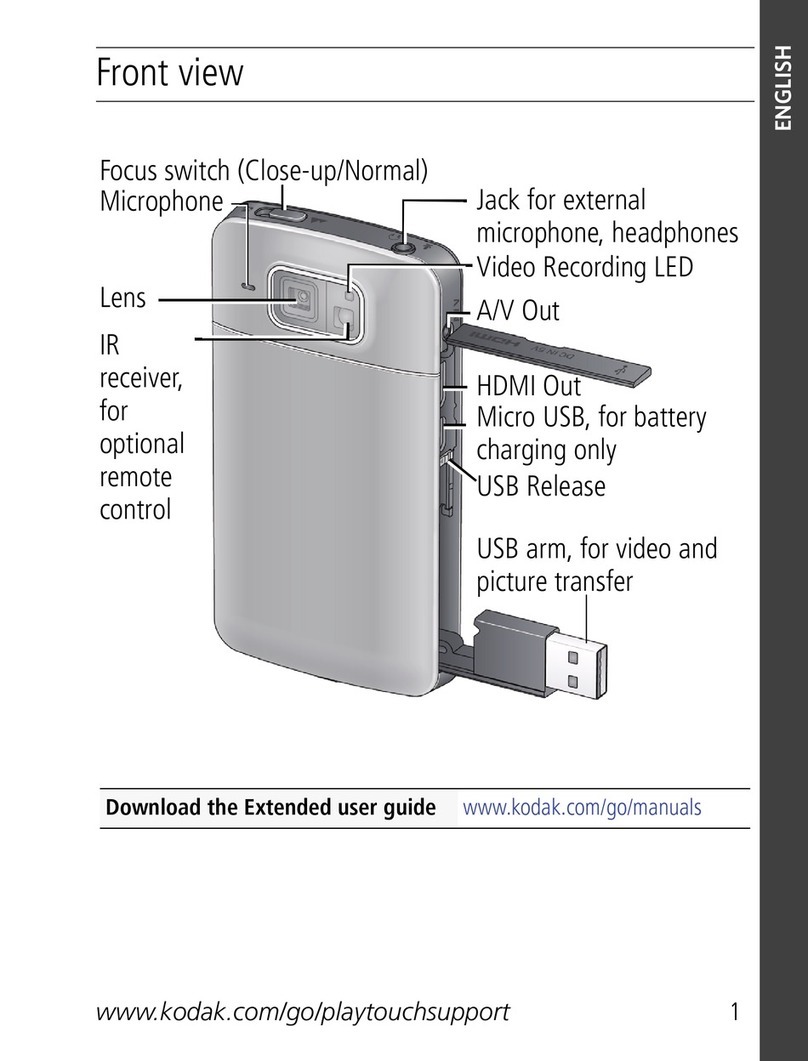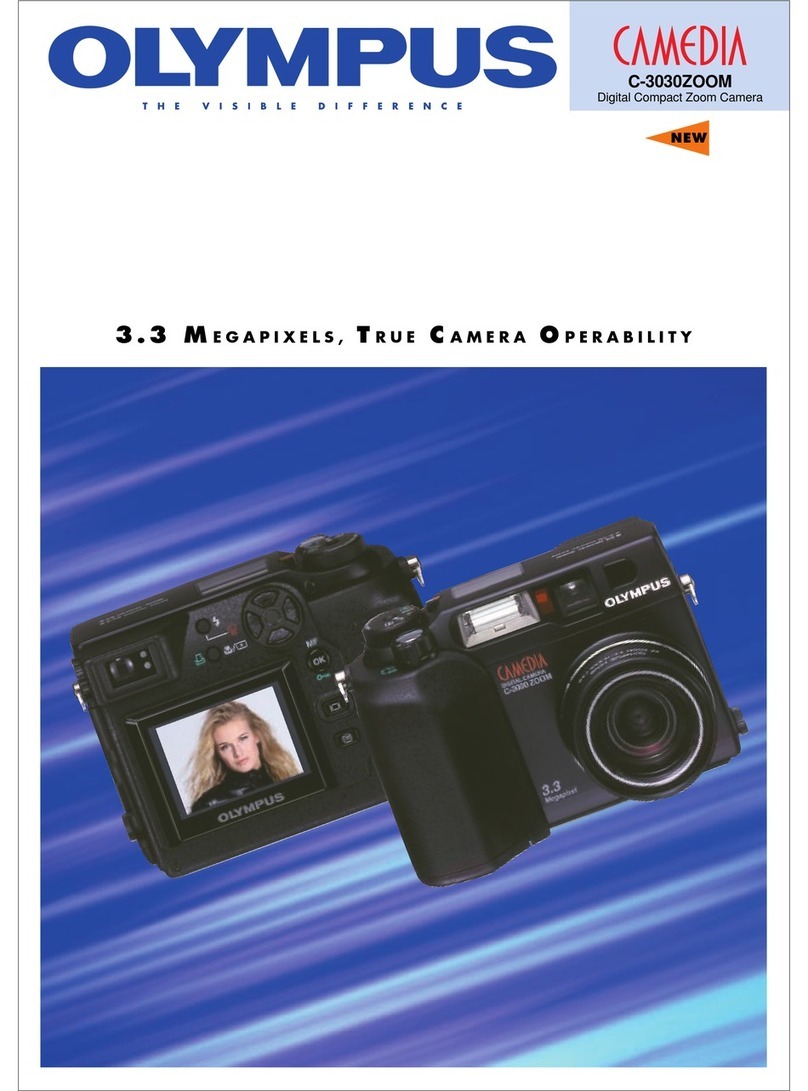Kodak CHEVRON User manual
Other Kodak Digital Camera manuals

Kodak
Kodak 1920297 Service manual

Kodak
Kodak C1013 - GUIA COMPLETO DO USUÁRIO Service manual
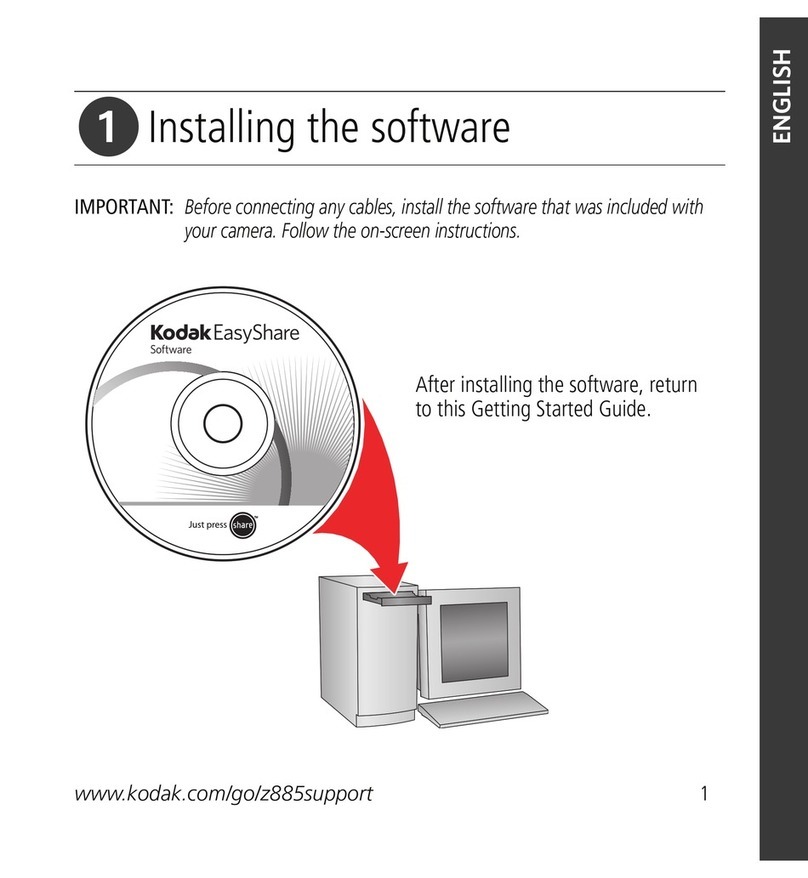
Kodak
Kodak Z885 - EASYSHARE Digital Camera User manual
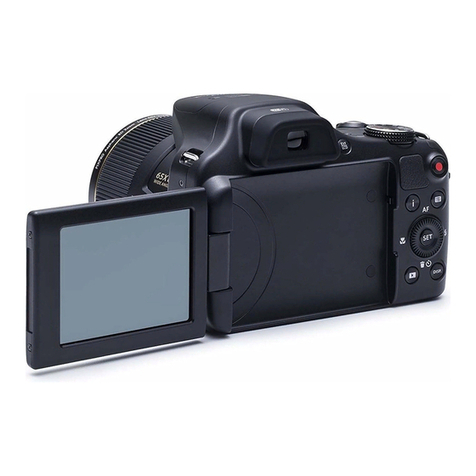
Kodak
Kodak Pixpro AZ651 User manual

Kodak
Kodak EASYSHARE M552 Service manual

Kodak
Kodak SIX-20 Brownie Parts list manual
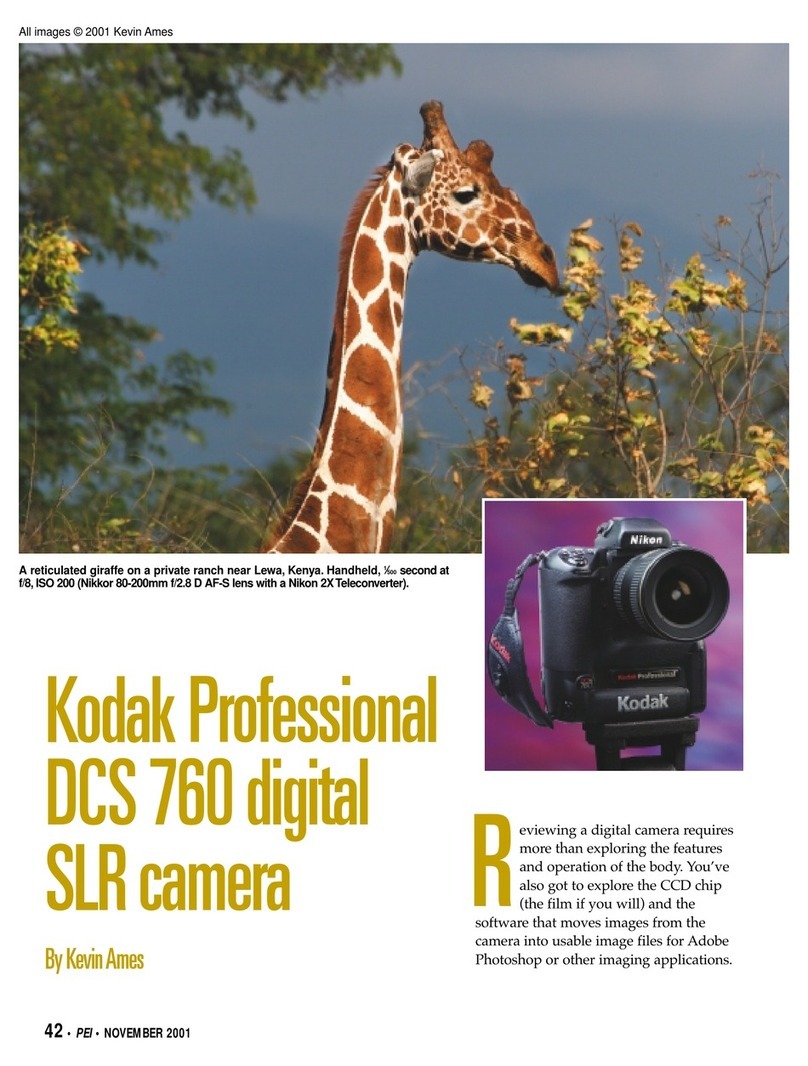
Kodak
Kodak DCS 760 User manual
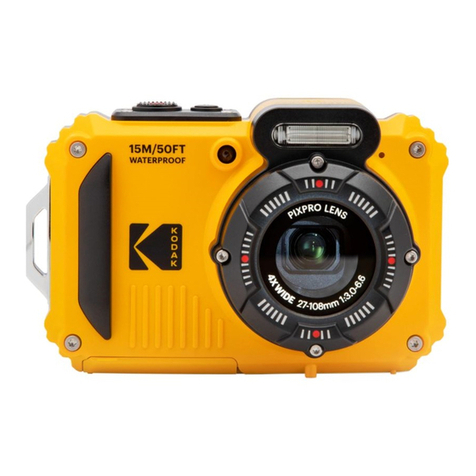
Kodak
Kodak PIXPRO WPZ2 User manual

Kodak
Kodak DIGITAL SCIENCEDC220 User manual
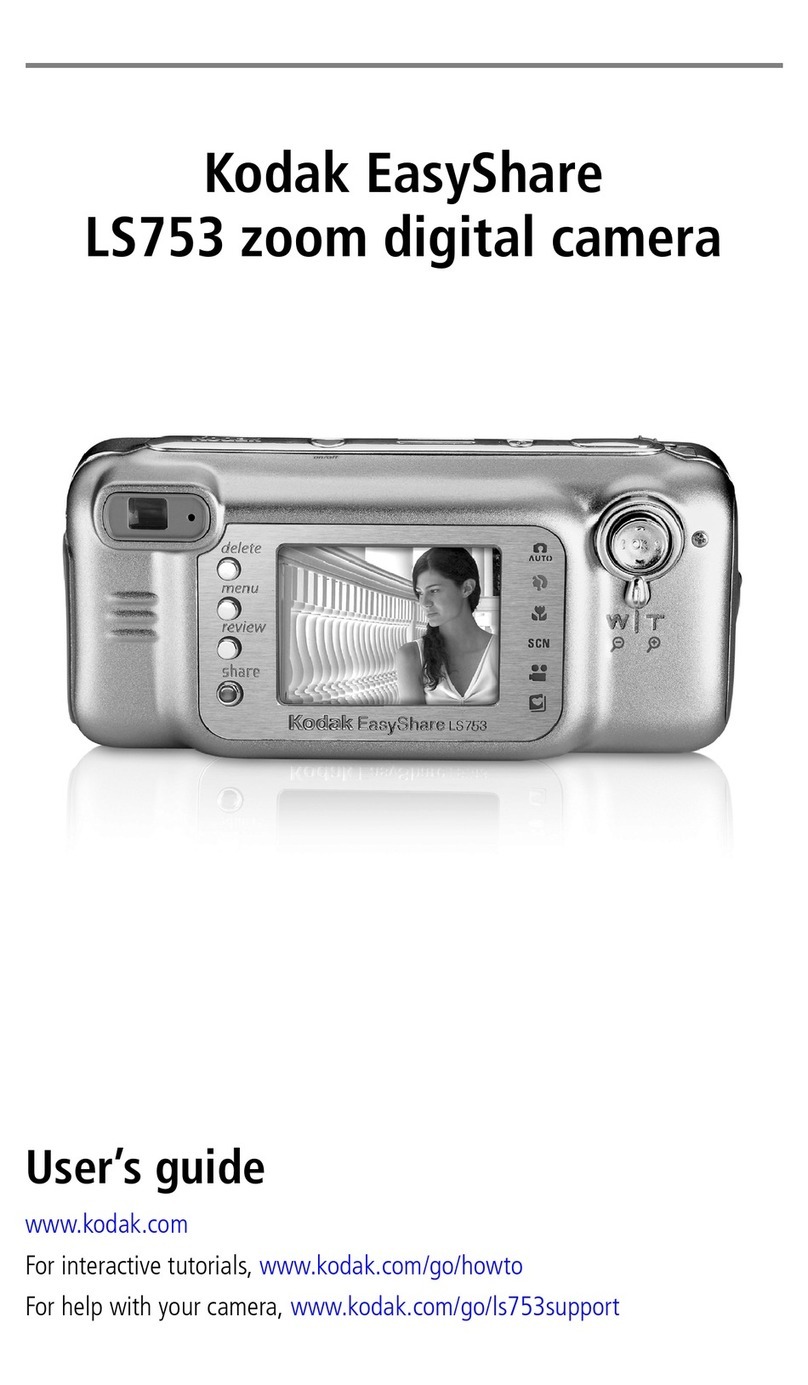
Kodak
Kodak EasyShare LS753 User manual
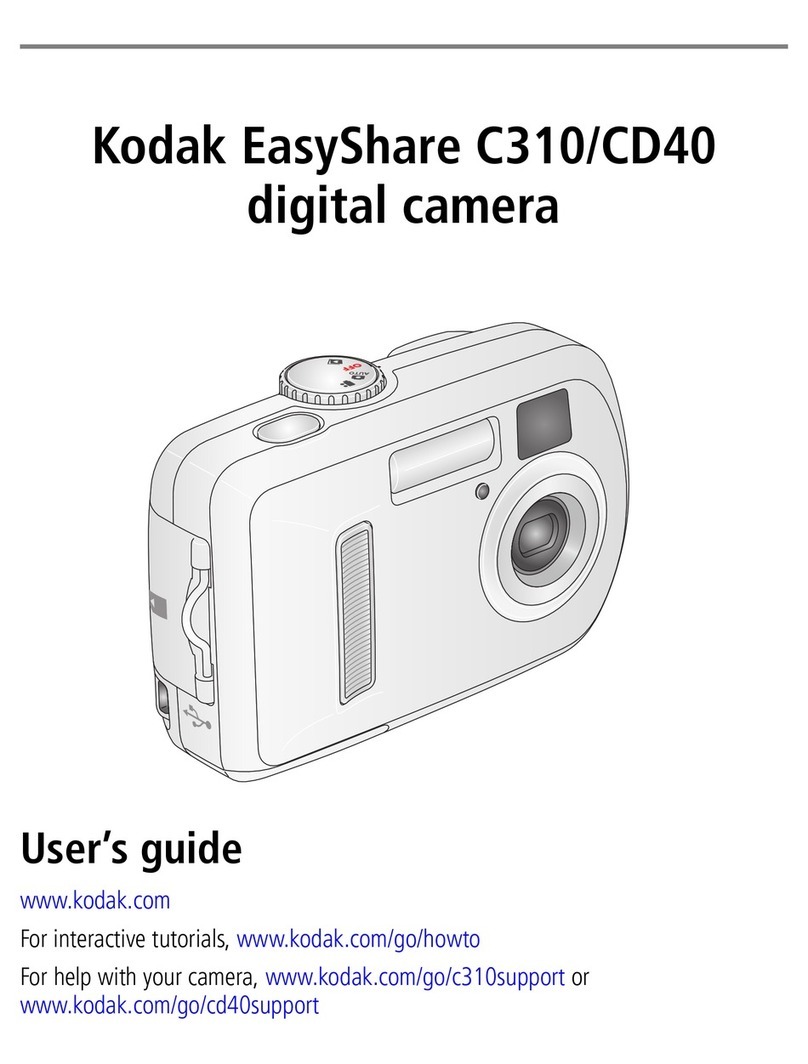
Kodak
Kodak C310 - EASYSHARE Digital Camera User manual

Kodak
Kodak EasyShare-one Manual

Kodak
Kodak C743 - EASYSHARE Digital Camera User manual
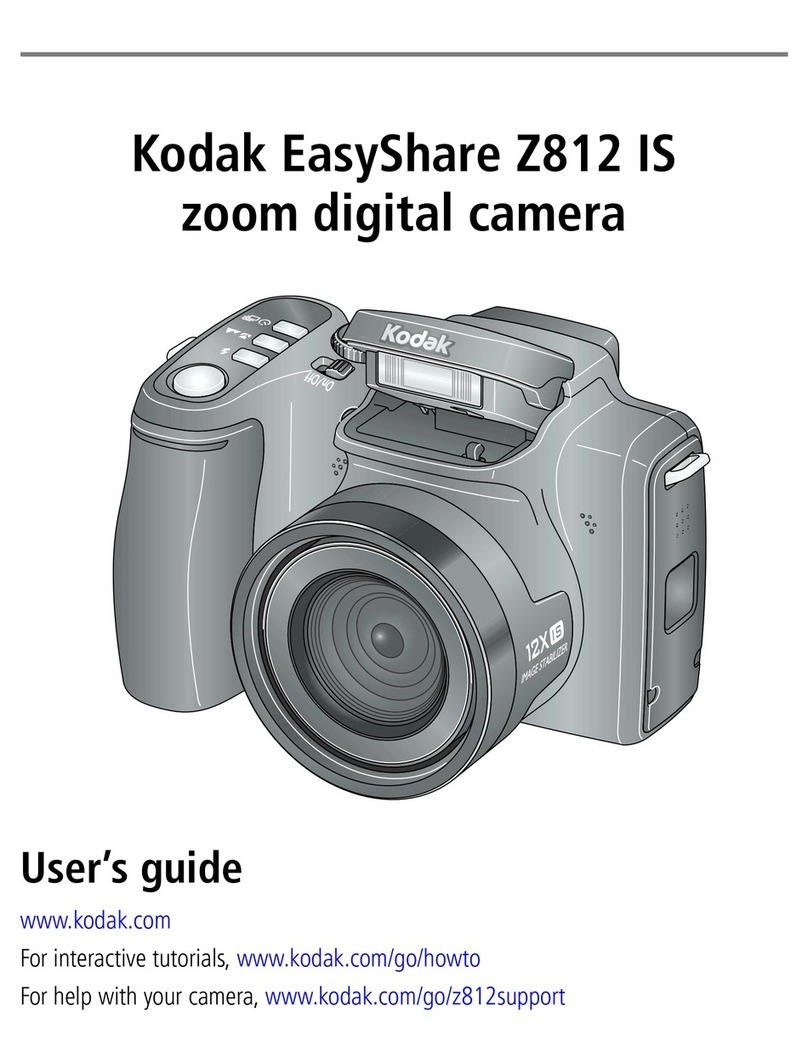
Kodak
Kodak EASYSHARE Z812 IS User manual

Kodak
Kodak EASYSHARE CD80 Service manual

Kodak
Kodak EASYSHARE M23 Service manual

Kodak
Kodak 1773662 Service manual
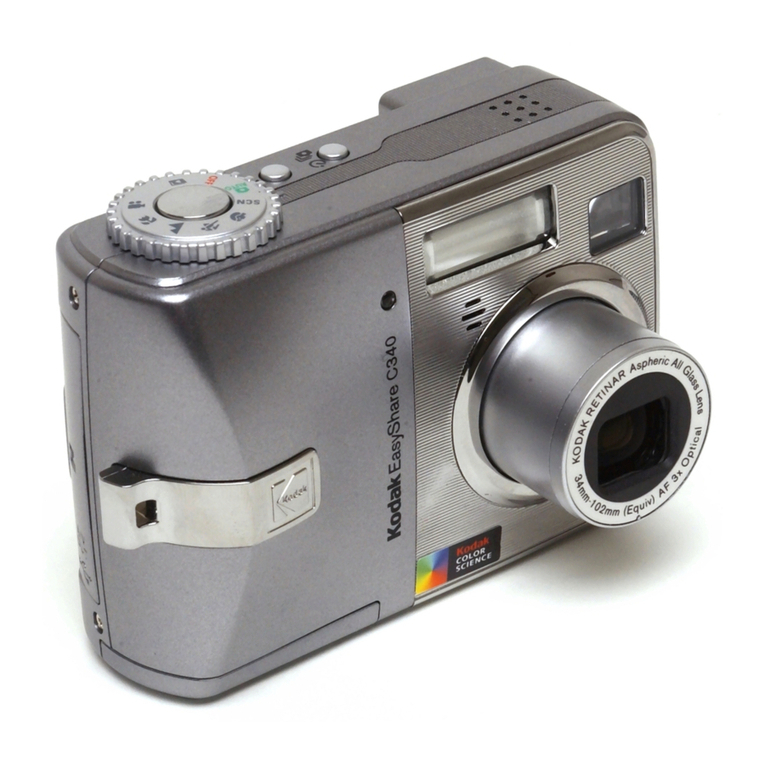
Kodak
Kodak EasyShare C340 User manual

Kodak
Kodak EASYSHARE SPORT C123 Service manual
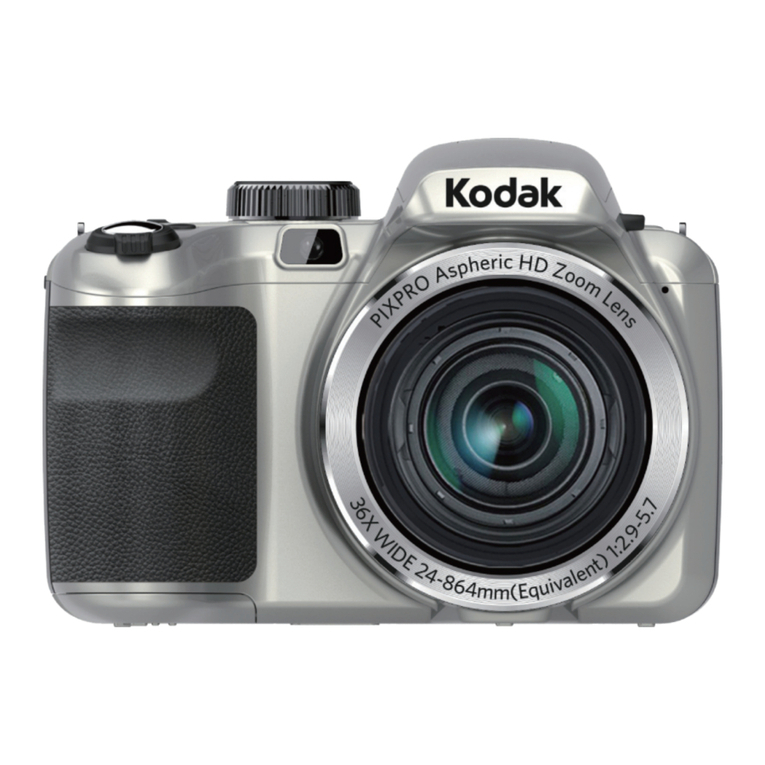
Kodak
Kodak PIXPRO AZ361 User manual

